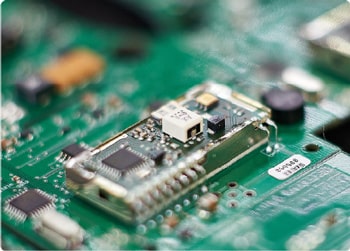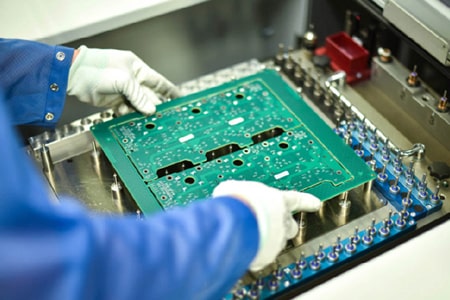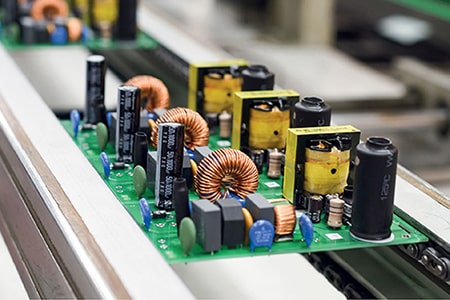FAQ
Q How long have you been making PCB&PCBA?
A PCBAMake has been making PCBs for more than 26 years.We built our assembly plant and begin assembly business in 1996.
Q How do I get a quick quote for PCB or PCB assembly?
A Please send your files and requirements to Orders@pcbamake.com.Quote will be sent back as soon as we get through an evaluation.
Q Do you cater SMT prototype boards?
A Yes, we are fully equipped to handle your any kind of custom SMT prototype board requirements.MOQ is 10 PCS.
Q What files and documents do you request for my PCBA orders?
A To ensure accurate and efficient assembly, we require Gerber files (including all layers), a complete Bill of Materials (BOM) in Excel format, Centroid data (Pick and Place file), and any additional requirements or assembly instructions if applicable.
.jpg?_t=1745395162?width=360&height=300&bgcolor=)



















